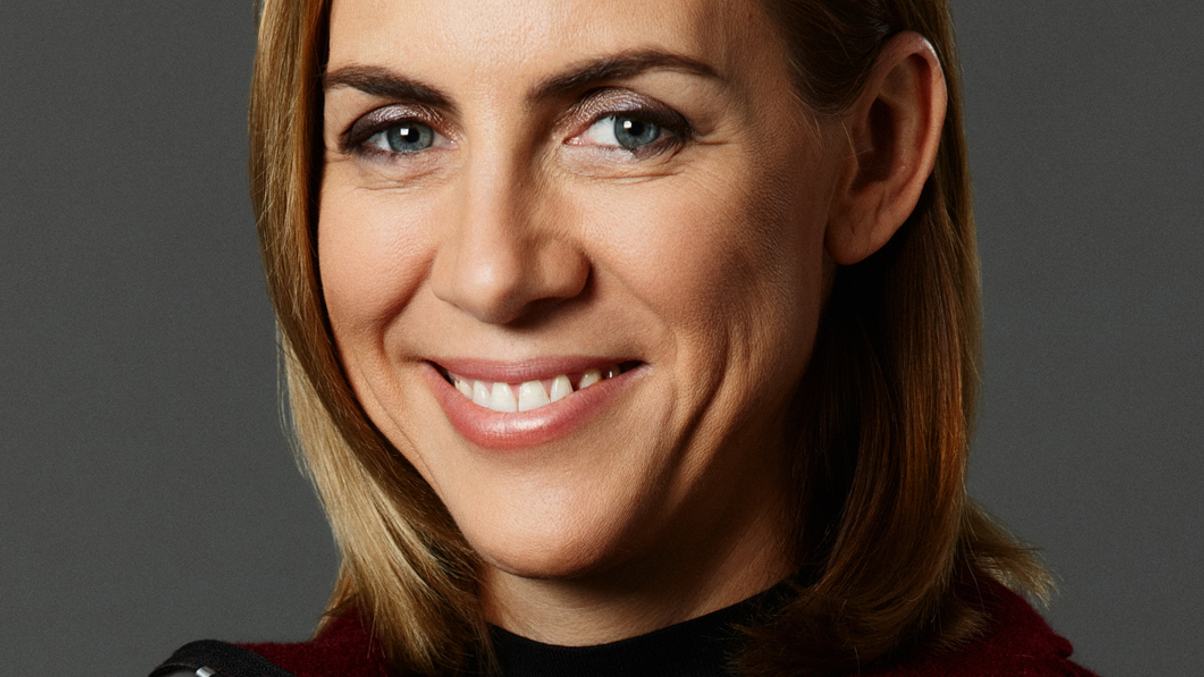Moscow bourse moves to lure foreign investors
Russia’s main securities exchange is planning rule changes and system upgrades it hopes will boost investment flows to the country’s stock market.

The Moscow stock exchange and asset managers hope new measures on trading infrastructure and listing reforms will boost foreign investment into Russian equities.
Sign In to Your Account
Access Exclusive AsianInvestor Content!
Please sign in to your subscription to unlock full access to our premium AI resources.
Free Registration & 7-Day Trial
Register now to enjoy a 7-day free trial—no registration fees required. Click the link to get started.
Note: This free trial is a one-time offer.
¬ Haymarket Media Limited. All rights reserved.


